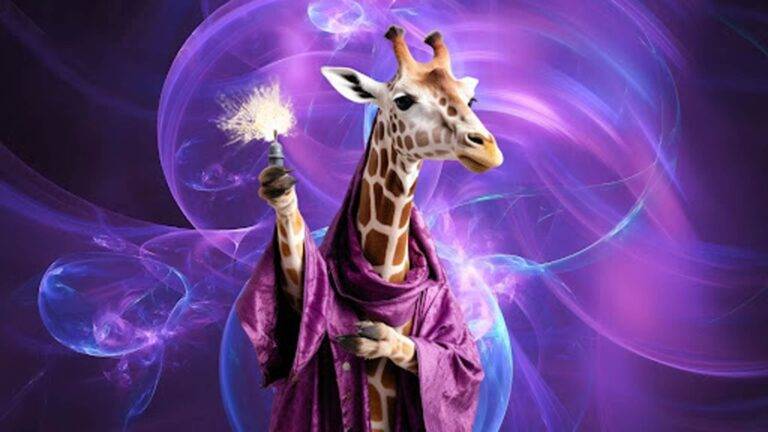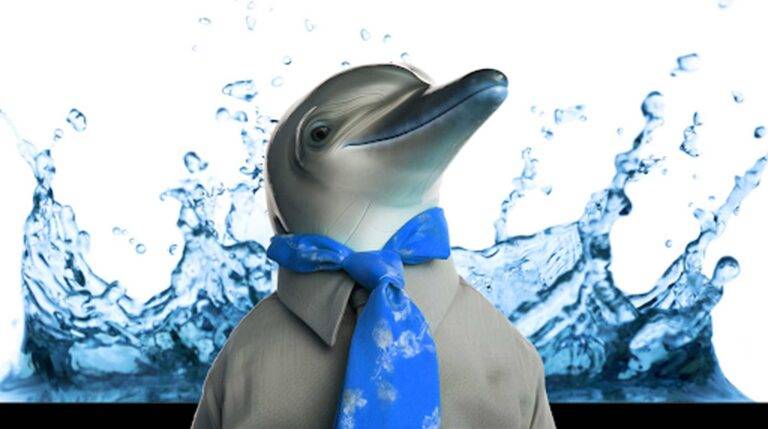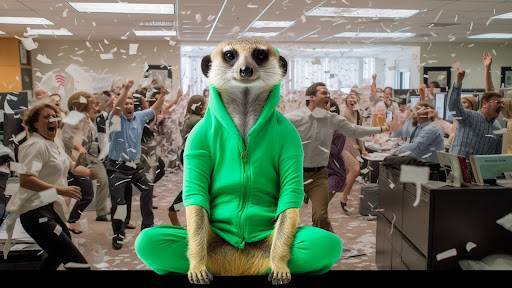LAOS AND THE LESSON OF THE WAIT CHAIR
In the past few months, I noticed signposts pointing the way to The Wait Chair. The world is changing at breakneck speed. Many movements have taken shape and are now in a place of ‘how do we solidify our message of who we are?’ The Chinese Lunar year is approaching on 16 February ringing in the Year of the Earth Dog which signifies the need to be flexible, change on a dime, pay attention to your health in both body and mind while cultivating your career. The world’s citizens are trying to find a way to create equality while searching for identity and purpose.
It has made me pause and take note about the importance of waiting, listening and being still.
Recently, I took a two–week holiday in Laos. It was a spectacular and moving experience. Before setting off, my partner and I prepared an itinerary that included going to all points of this vibrant, small country. We wanted to see the temples, the countryside, the rivers, and speak with the beautiful people who live in this lush, bustling, spiritual place.
To our pleasure and surprise, we ended up visiting only three cities; Vientiane, the capital, Vang Vieng and Luang Prabang. Each of the three was resplendent with ancient Buddhist temples and monks who after their daily silent procession of taking alms from devotees and studying ancient scriptures, were so kind and open to sharing their wisdom with curious travelers. We had such a lovely conversation with a particularly open and sharing monk in Luang Prabang that we returned a second time to sit and talk with him some more before returning home.
We followed our hearts and let our ‘must see everything’ mind rest. We spent an entire day in the hills of that city in awe, just being in the presence of the statues of Buddha. It was an adventure to remember. Not for the chance of going to a different country and witnessing a culture new to us but for the fact that we just were – in that moment. We enjoyed every second for what it was how it felt.
The experience made me realise just how important the Wait Chair really is. It is not just a place between four other chairs, it is a space where you observe, receive, and just be.
Another realisation was how much I, myself, learn from The 5 Chairs. There is a profound contentment spending time with the Meerkat. I look forward to sitting more with my vigilant friend and sharing my experiences with you.
Here are a couple of practices you can master while sitting in The Wait Chair:
Practice one – Mind-watching
A pivotal moment in the taming of my own mind came during a one-week silent retreat in Colorado with the Vietnamese Buddhist monk, Thich Nhat Hanh. A liberating experience for some, a nightmare for others. On arrival at the centre I was informed by one of his monks that I would be joined by another nine hundred people. My immediate reaction was to turn on my heels and head straight back to the airport. I’m glad I didn’t. The impact of the retreat was truly profound. The mere experience of practicing mindfulness with nine hundred people in silence was, in itself, a revelation.
I had no idea how pleasant and efficient human beings can become when they stop talking.
During the retreat we were constantly encouraged to become aware of our thoughts, feelings and actions and develop a state of vigilant observation. A bit like being your own watchdog or guardian angel. Hence the metaphor of the meerkat.
At the beginning I found it quite daunting to witness the endless activity of my own mind. If you take a minute and watch the voice in your own head you’ll know what I mean. That constant and often involuntary flow of commenting, identifying, judging, complaining, comparing, craving, liking, disliking, controlling, blaming and desiring we met in the Jackal Chair. I watched my mind flick back to the past, project into the future and then return to the present with alarming speed. My ‘monkey mind’ as the Buddhists and Hinduists call it, was on the rampage. Swarms of psychological memories coming andgoing. Relentless chatter. I felt I was being swept along by a stream of superficial thoughts over which I had no control. Most disquieting.
Our challenge during the retreat was to quieten our mental noise and sink into ‘noble’ silence. This would help us get in touch with ourselves at a deeper level where we could meet and free ourselves of some of our more self-defeating habits. Just what I needed. The means was meditation. I practiced devotedly but was horrified to discover how competitive I would become with myself as I grappled with my own ego to achieve this mental silence! When I did finally achieve it, the very act of observing my own mind actually created the space I needed for more inner clarity and I slowly began to experience the deeper inner calm Thich Nhat Hanh alluded to.
We were practising mindfulness, which in essence means attending to what’s happening to us internally and externally and being aware of the interaction between the two. To do this well requires presence, being in the here and now, which is difficult when you’re mostly in the there and then, as I was.
As I continued practising I became acutely aware of how much resistance I had to cut through. It was exhausting. That got me thinking about the whole concept of acceptance.
Practice two: Radical Acceptance
Marcus Aurelius said 2000 years ago:
‘Accept whatever comes to you as woven into the pattern of your destiny, for what could more aptly fit your needs?’
The act of accepting what life has to offer is something I try to practise daily. This does not mean becoming a doormat to life but rather it means staying proactively and consciously responsible for how we are responding to life rather than becoming a victim to it.
What do we do when we feel offended, annoyed, confused or frustrated by what someone else has or has not done, has or has not said? This is where mindfulness helps us to observe, witness and create that space between the stimulus and our response. That critical space where we are free to make a choice.
I gradually discovered that only in that pause, however momentary, can we discern the most effective way to proceed. Any suffering we are experiencing ceases to be suffering as soon as we form a clear and precise picture of it. What we then say or do is much more likely to be an effective expression of our real selves coming from a deeper level of creativity rather than an automatic emotional response.
I have found this practice of acceptance and suspension of judgment of vital importance to me in my profession as an intercultural trainer. As Robert Kegan, the developmental psychologist, so succinctly said, “to function successfully in a society with diverse values, traditions and life styles requires us have a relationship to our own reactions rather than to be captive of them.”
It is that ability to resist our tendencies to make ‘right’ or ‘true’ everything which is familiar to us and ‘wrong’ or ‘false’ everything which is strange. This brings me to my last practice.
Practice Three: Choice.
This was, and still is, the most significant practice for me.
The realization that I always have a choice in life was profoundly liberating for me. Previously I would find myself being drawn along other people’s decision-paths, both consciously and unconsciously. My need to please people radically disempowered me and my voice would often be stifled and lost.
The realisation that I alone am responsible for my well-being and that I can always choose what attitude to have towards life in any moment, was a turning point for me. It created a deep flow of energy in me. Knowing that I can always choose with intention and never have to default to being a victim was immensely empowering.
When faced with a situation, difficult or otherwise, I know I have options which I can consciously choose from. I can intentionally take action, deal with a situation and change it. I can accept the situation as it is, (being careful there is no residual resistance). Or I can postpone my reaction to a later time when I am more ready. I have that choice. Always. And the consequences of my choices are my response-ability.
These practices have brought me much greater inner stability. The work was worth it. I’m sure you will find the same too.






